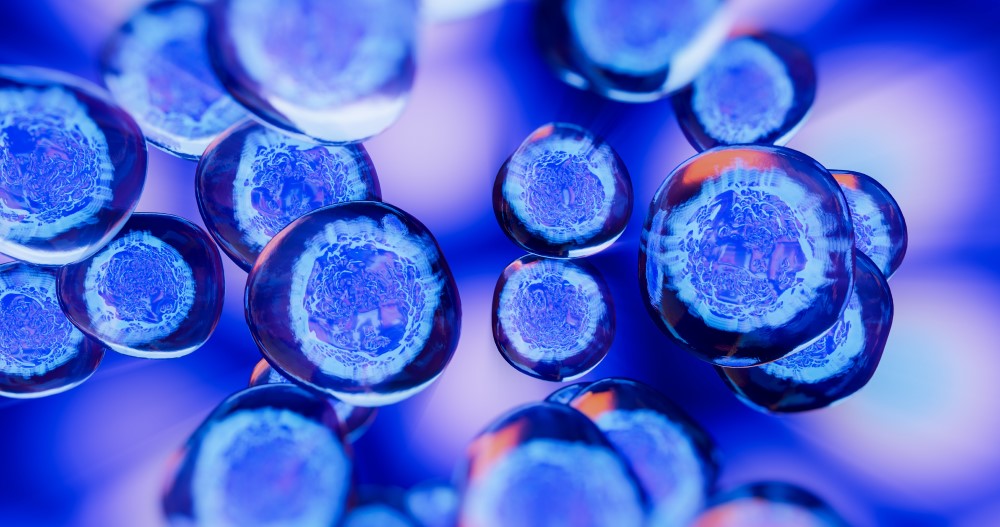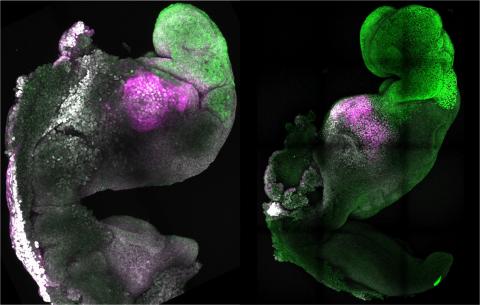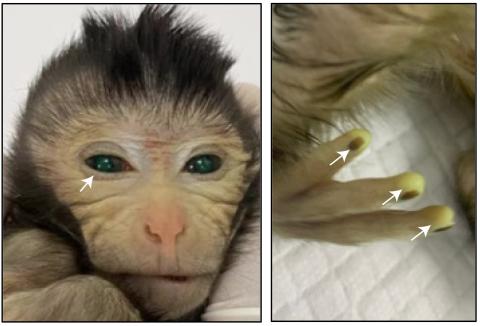A change in diet generates rejuvenated ‘super stem cells’ in mice
A research team has managed to ‘rejuvenate’ embryonic stem cells from mice to give them greater differentiation potential, according to an article published in the EMBO Journal. Changing the type of sugar these cells use to grow modifies their metabolism and, according to the researchers, could improve their therapeutic potential or their use in in vitro fertilisation treatments.

Ángel Raya Chamorro - super celulas madre EN
Ángel Raya Chamorro
ICREA Research Professor and Coordinator of the Regenerative Medicine Programme at the Bellvitge Biomedical Research Institute (IDIBELL), member of CIBER-BBN, Director of the Clinical Translation Programme in Regenerative Medicine in Catalonia, and Professor of Physiology at the University of Barcelona.
The paper is very well done and comes from a serious research group that has been working on this for a long time. I have some methodological questions, but it is a manuscript that has been peer reviewed, so this is not the time to raise such questions.
What they found is that by changing the culture conditions for some of the nutrients—removing glucose and adding galactose—the mouse embryonic stem cells performed better.
But what the paper says is one thing, and what the press release says is another. Calling them ‘super stem cells’ may be a way of summarising it to make it more appealing to the public. I don't see a problem with that; they have taken some artistic licence. However, I think their claims about extrapolating this to human treatments in regenerative medicine or in vitro fertilisation are a bit overrated. It may be real, but it needs to be proven.
My doubt is about the application: what is missing for it to be applicable in the areas mentioned in the press release, both in regenerative medicine and in vitro fertilisation, is testing it in humans. What I don't understand is why they haven't tried the same methodology — replacing glucose with galactose — in human cells. They are conducting a very small trial with mouse embryos, and I don't know why they haven't also tested it with human embryos, given that this type of experiment is technically very simple.
This leads me to believe that its applicability will be very limited to mouse embryonic stem cells, which is an important finding for groups working with them because it will allow them to have more functional and homogeneous cells.
On the other hand, I think it is purely speculative to talk about implications for ageing, because even in the case of these mouse cells, no conclusions relevant to ageing can be drawn. This speculation is not supported by the data presented.
I think it is very good research. The mechanistic dissection they have done is excellent. Most of the mechanisms involved in this effect were already known, so there is not much new there, but it is very well done and solid.
I insist that I do not understand why they have not taken a step further to test this strategy with human cells or embryos, which is technically very simple and would have increased the relevance of the work.
Robert A Bone et al.
- Research article
- Peer reviewed
- Animals



